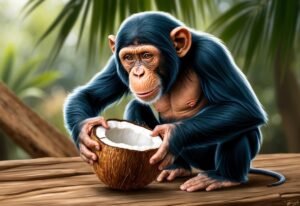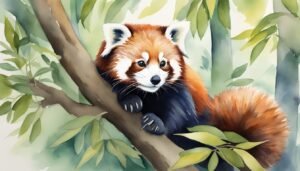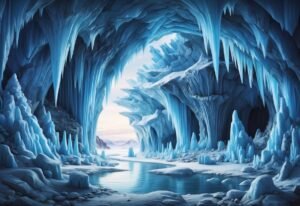How Do Eels Reproduce? Unraveling the Mystery of Their Unique Breeding Process
Eels undergo a complex life cycle involving long migrations from freshwater to the Sargasso Sea for external fertilization, yet mating remains unseen in the wild.
Eels undergo a complex life cycle involving long migrations from freshwater to the Sargasso Sea for external fertilization, yet mating remains unseen in the wild.

Honey bees, though vital for pollination and agriculture, are invasive in North America, competing with native bees and potentially altering ecosystems.

Recent studies show chimps are 1.5 times stronger than humans, not twice as strong; their unique muscles and nervous systems contribute to their power.

Campi Flegrei's recent earthquakes and ground uplift near Naples worry 1.3 million residents, as scientists monitor signs of a potential eruption.

The red panda is a unique mammal known for its reddish-brown fur, bushy tail, and is endangered primarily due to habitat loss and poaching.

Lion numbers in Africa, estimated at 20,000 to 25,000, are declining due to factors like poaching and habitat loss.

Shadow people are mysterious dark figures seen by many people, often briefly in peripheral vision or during sleep, causing fear and curiosity.

Eisriesenwelt, located near Werfen in the Austrian Alps, is the largest ice cave in the world, featuring over 40 kilometers of icy passages and formations.

Three-toed sloths are unique, slow-moving mammals with specialized features that help them survive in the trees of Central and South America.

Between 1900-1907, Gustav Klimt's bold, symbolic faculty paintings for the University of Vienna sparked controversy; tragically destroyed in WWII, they remain a key part of his legacy.